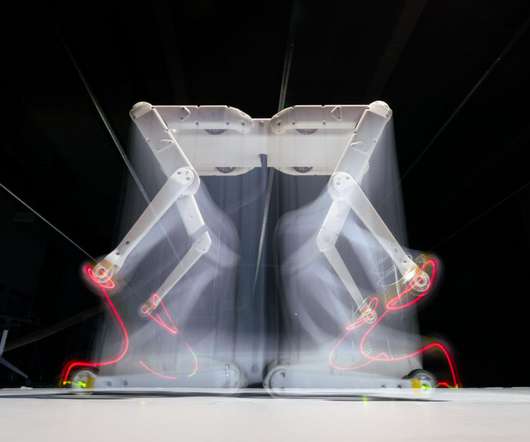Researchers propose reason for capacity loss in metal-oxide battery materials
Green Car Congress
JUNE 10, 2019
Magnetite, among other conversion-type electrode materials (i.e., In the following charge, this conversion reaction is not completely reversible—residues of metallic iron and lithium oxide remain. Because the conversion reaction is not fully reversible, these residual products accumulate.












Let's personalize your content